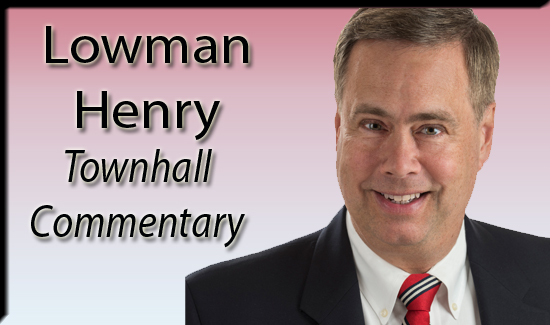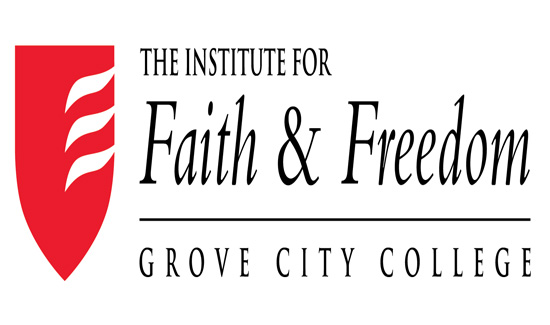Red Wave

There was much talk this past year about a “blue wave,” but what really occurred was a “red wave.” This “red wave” has little to do with electoral politics, but rather accurately describes both the federal and state budgets which for the current fiscal year are awash in red ink.
Within days of the November General Election the Independent Fiscal Office revealed the Commonwealth of Pennsylvania faces at least a $1.7 billion deficit as Governor Tom Wolf and lawmakers get set to begin the 2019-2020 state budget process.
That pales in comparison with the federal government which for the current fiscal year is expected to come perilously close to running a trillion dollar deficit. That is trillion with a “T” as current estimates forecast a $985 billion deficit which, if history is a guide, will end up being substantially higher.
The fiscal year 2019 federal budget deficit is 18% greater than the deficit rung up in 2018 largely due to a massive omnibus spending bill passed by congress last December that ended spending restraints Republicans put into place during the Obama Administration. That set the stage for a spending binge.
Rather than plunge the nation into a government shut-down President Donald Trump signed that spending bill, but pledged to never do so again. That promise will be tested next week as congress faces a December 7th deadline for passing another continuing resolution to keep the government running.
In this midst of this spending orgy some conservative Republicans are offering plans to begin getting the budget under control. One particularly promising idea has been put forth by Senator Rand Paul and has been aptly titled the “Penny Plan.”
Realizing that most peoples’ eyes glaze over when talking about billions and trillions, Senator Paul has simplified the discussion by proposing that for every on-budget dollar the federal government spent in fiscal year 2018 it spends one penny less for each of the next five years. That one penny per dollar reduction would reduce spending by $13.35 trillion over the next ten years.
Keeping in mind that much federal spending is “off budget,” that means total spending will still increase by 14.6% during those ten years. Thus those who howl at the prospect of reducing on-budget spending by one percent per year for five years will still see an overall increase in federal spending.
It is important to note the one penny per dollar cut does not apply to Social Security and other safety net programs. It also makes no specific policy assumptions, allowing congress and the deep state bureaucracy to determine how to achieve one percent annual reductions by increasing efficiency, consolidating services or other means.
In introducing the Penny Plan Senator Paul called upon conservatives to “govern like conservatives,” something they failed to do during the two years Republicans held complete control of congress. Paul added it is time to “prove to the American people that it (congress) is serious about getting our fiscal house in order.”
Meanwhile, back in Penn’s Woods, the likelihood of an extend budget battle in 2019 has grown dramatically with the Independent Fiscal Office’s report. Like their colleagues in Washington, D.C., many legislators in Harrisburg have been addicted to higher and higher spending. They have utilized a series of budget gimmicks and one-time revenue sources in an effort to avoid making hard decisions.
Their profligate spending has now caught up with them. You can bet the mortgage that Governor Tom Wolf will propose even more spending, especially to pour down the public education rat hole. He will also propose what will likely be a menu of tax hike options with a so-called “severance tax” on natural gas as the main course.
Southeastern Pennsylvania RINOs are virtually extinct after this year’s elections, so fiscal conservatives will find their voices amplified in the coming legislative session. The Achilles heel, however, remains weak-kneed Senate Republican “leadership,” which tends to cater to spending interests. As a result, strategies for reducing spending to match projected revenue will be driven by the House of Representatives where leadership is much more taxpayer friendly.
With divided government at both the federal and state levels getting spending under control, which is difficult under the best of circumstances, will be even more so this coming year. Bipartisan unity only seems to exist when both sides are feasting at the taxpayers’ table. It remains to be seen whether the “red wave” begins to subside, or whether it turns into a tidal wave of red ink.
(Lowman S. Henry is Chairman & CEO of the Lincoln Institute and host of the weekly Lincoln Radio Journal. His e-mail address is [email protected].)
Permission to reprint is granted provided author and affiliation are cited.





